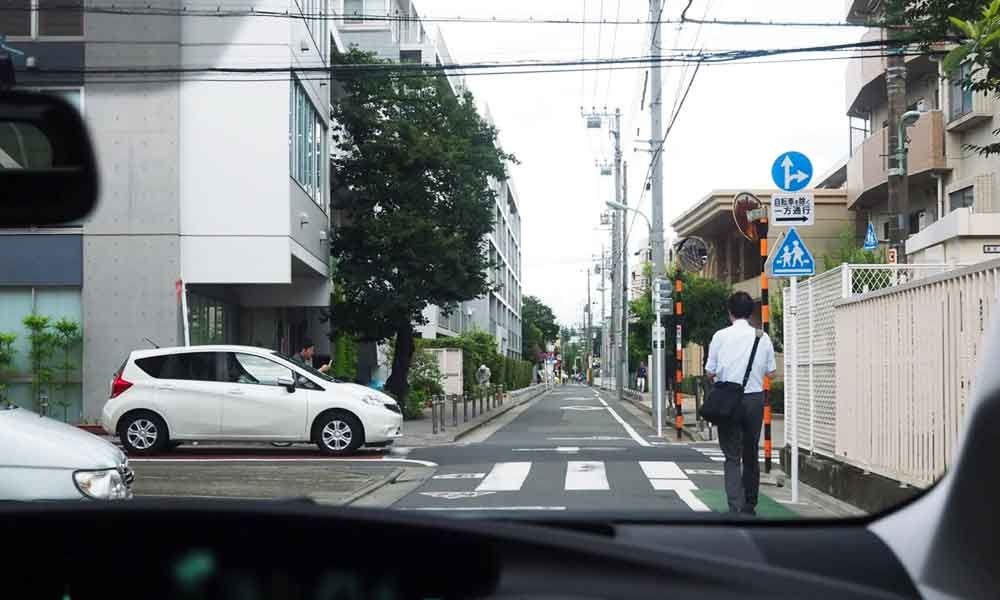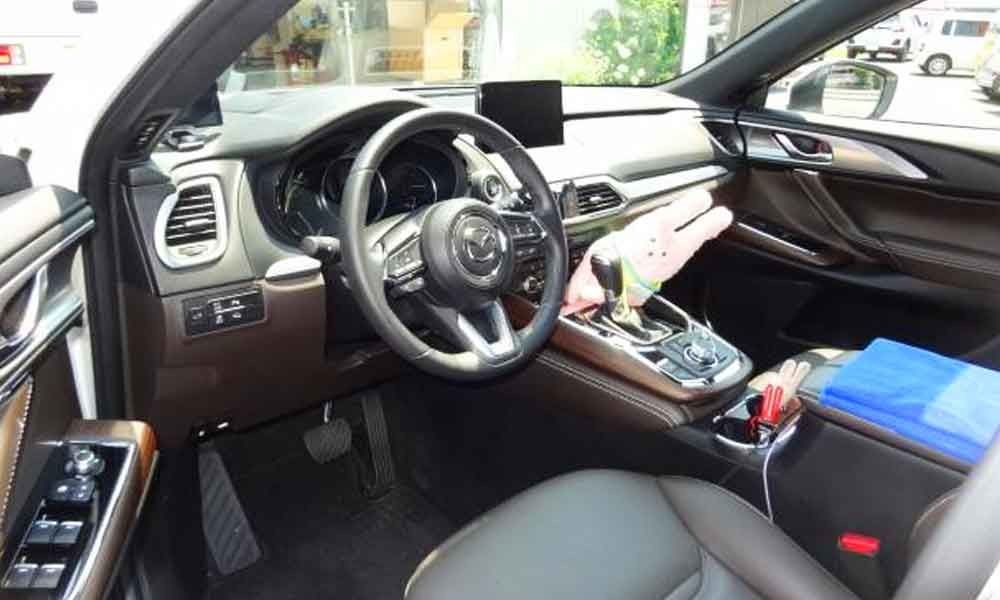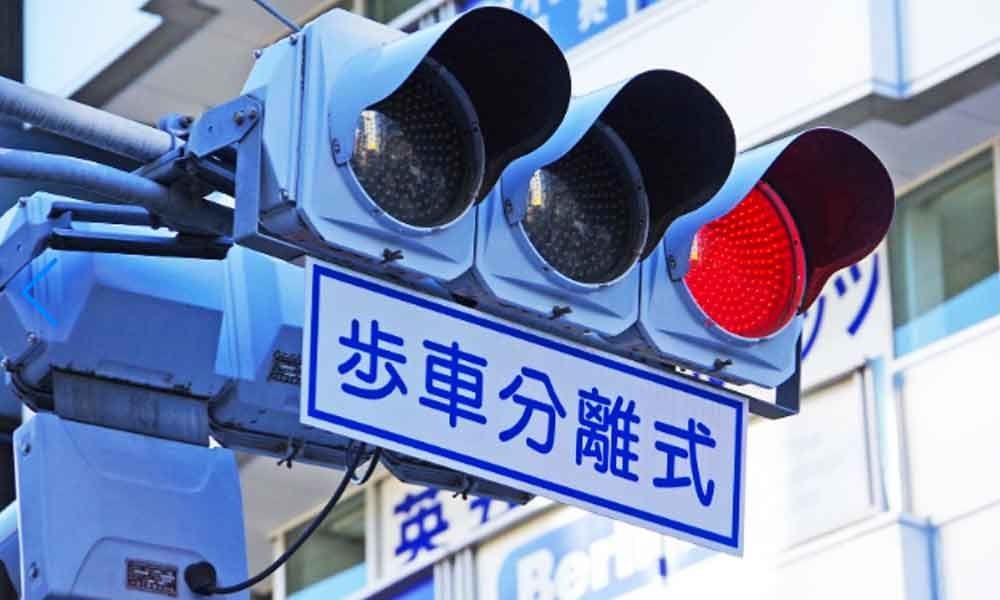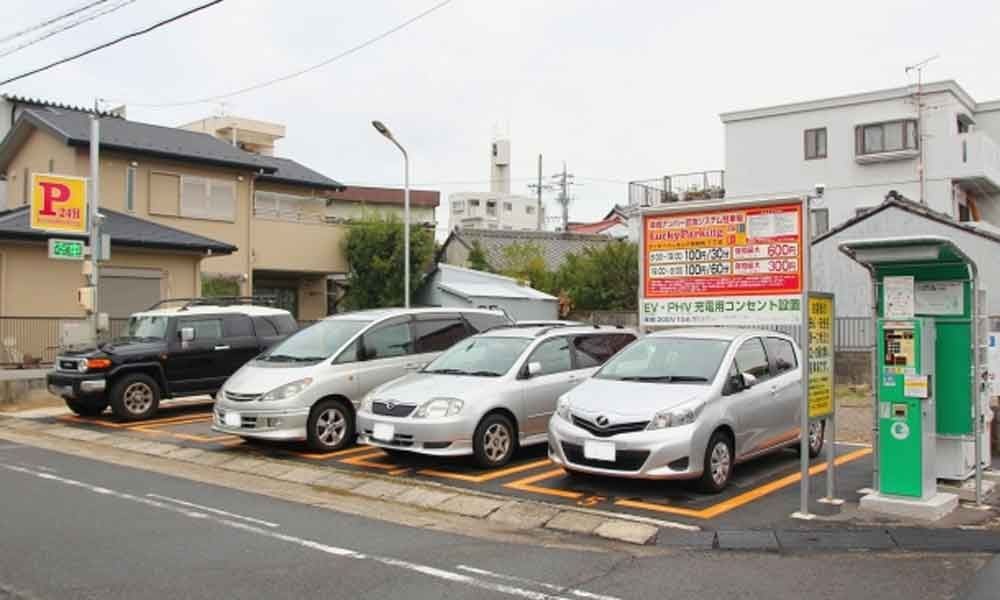Planning a Trip to Japan? Here’s What You Need to Know About Renting a Car

The trend of booking rental cars for trips to Japan is rising. The live car rental reservation service CarMoa, which operates in 50 countries worldwide, reported that from December 2023 to February 2024, the highest number of overseas car rental reservations were made for Japan, followed by Guam and Saipan.
Fukuoka, Japan, had the highest proportion of reservations. Let’s discuss what you need to know when reserving a rental car in Japan.

Several websites, including Toyota Rent-a-Lease, Nippon Rent-a-Car, Times Car Rental, and Jalan, allow you to book rental cars in Japan. Additionally, price comparison sites like Klook and Tabirai are available. The rental fee for a 4-5 seater car is around 6,000 yen (~$ $54) for 6 hours, 7,000 yen (~$ $63) for 12 hours, and 7,000 yen (~$ $63) for 24 hours.
When reserving a rental car, opting for a comprehensive insurance policy, including NOC compensation, to cover any unforeseen circumstances is advisable. When returning the rental car, you must fill up the gas tank and submit the receipt, so keep it safe.

Driving in Japan requires caution as it differs from South Korea, including driving on the opposite side of the road. While it may initially pose a challenge for first-time drivers in Japan, with focus, you can quickly adapt and drive safely.
Japan drives on the left, which means the steering wheel is on the opposite side compared to South Korea. The turn signal and wiper controls are also reversed. Japanese drivers frequently use the turn signal when changing lanes, so it is essential to develop a habit of using it.
While the turn signal and wiper controls are reversed, the accelerator and brake pedal positions are the same as in South Korea.

In South Korea, making an unprotected right turn, even on a red light, is permissible. However, in Japan, you must stop at a red light. Unprotected right turns are allowed everywhere in Japan, which can be confusing for South Korean drivers as they’re equivalent to an unprotected left turn. Japan doesn’t use specific signage for unprotected right turns. Wherever right turns are allowed, you’re permitted to make a U-turn.
The lanes in Japan are narrower than in South Korea, so you must always pay attention to your vehicle’s position. You will notice that honking is rare in Japan, so try to avoid doing so. Always check the speed limit when driving.
Many residential areas and school zones in Japan prohibit vehicle traffic during morning hours. Before entering a road, you must check the restricted areas and times.

Parking on the street in Japan is prohibited. You must park in designated parking areas. Most tourist spots in Japan have dedicated parking lots. The typical parking fee is between 200 and 600 yen (~$1.80 – ~$5.40) per hour, but it can go up to 1,000 yen (~$9) per hour in city centers.
There are two types of parking lots in Japan: gate-style and lock-style. In gate-style parking lots, you press a button on a machine to get a parking ticket before parking. When leaving, you insert the ticket into a machine or hand it to an attendant to pay the fee.
In lock-style parking lots, you park first and then enter your parking spot number into a machine. Once the fee is charged, the lock is released, and you can move your car.

The toll fee for Japanese highways is approximately 3,000 yen (~$27) per 100 kilometers (~62 miles). The cost is discounted by 30% during off-peak hours and holidays. The minimum speed limit on highways is 50 km/h (~31 mph), and the maximum speed limit is 100 km/h (~62 mph), which you should remember when driving.
Unlike South Korean drivers, Japanese drivers are known for their slow driving. The legal speed limit on regular roads is 60 km/h (~37 mph). Always follow the speed limit when driving.
When passing through a highway toll gate in Japan, you’ll encounter two options: “General” and “ETC.” The “General” lane accepts cash payments, whereas the “ETC” lane requires a credit card with ETC functionality. The toll amount is then charged to the card later. For tourists, paying in cash at the General window is advisable.
An ETC card requires a Japanese address and takes about two weeks to process. However, many rental car companies now provide ETC cards for rent, so it’s advisable to inquire about this option when renting a car.















Most Commented